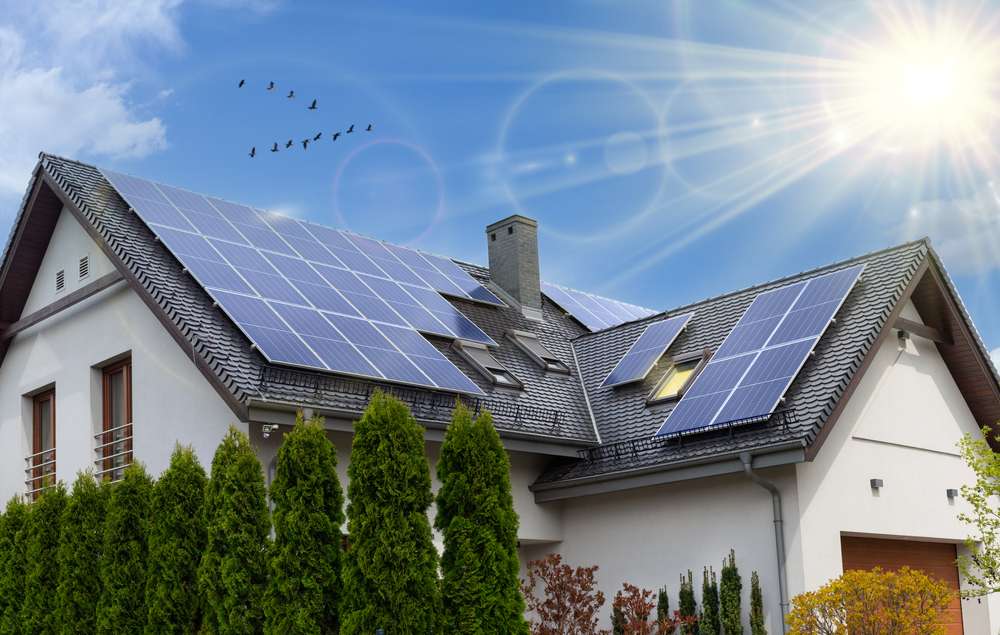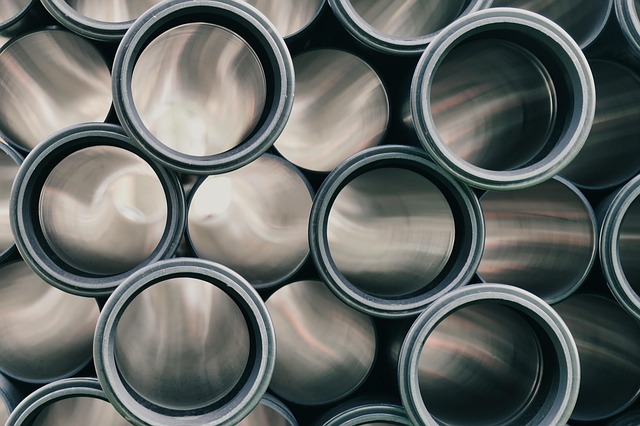Solar Panel Systems in Denmark and Their Benefits
The use of solar panel systems in Denmark is growing as more homeowners look for ways to reduce energy costs and rely less on traditional power sources. These systems convert sunlight into electricity, offering a sustainable alternative that can significantly lower monthly utility bills. While the initial investment may seem high, long-term savings and available support often make solar a practical choice. As concerns about climate change and energy independence rise, solar power continues to gain traction as a realistic home energy solution across the country. Discover how solar panels work, what factors influence their efficiency, and how installation affects overall energy use.

How do solar panel systems generate electricity?
Solar panel systems harness the power of sunlight to generate clean, renewable electricity. The process begins with photovoltaic (PV) cells within the solar panels, which are typically made of silicon. When sunlight hits these cells, it excites the electrons within the silicon, creating an electric field. This phenomenon, known as the photovoltaic effect, produces direct current (DC) electricity. An inverter then converts this DC electricity into alternating current (AC), which is the type of electricity used in homes and businesses.
What are the main components of a solar panel system?
A typical solar panel system in Denmark consists of several key components:
-
Solar panels: These are the most visible part of the system, usually mounted on rooftops or in open areas.
-
Inverter: This device converts DC electricity from the panels into usable AC electricity.
-
Mounting system: Securely attaches the panels to the roof or ground.
-
Monitoring system: Allows homeowners to track energy production and consumption.
-
Battery storage (optional): Stores excess energy for use during low-sunlight periods or at night.
Understanding these components helps homeowners make informed decisions when considering solar panel installation.
What factors influence the efficiency of solar installations?
Several factors can affect the performance and efficiency of solar panel systems in Denmark:
-
Geographic location: Denmark’s northern latitude means shorter daylight hours in winter, impacting overall energy production.
-
Panel orientation and tilt: Optimal positioning ensures maximum sunlight exposure throughout the year.
-
Shading: Nearby trees, buildings, or other obstructions can reduce panel efficiency.
-
Weather conditions: While solar panels work on cloudy days, clear skies yield better results.
-
Panel quality and technology: Higher-quality panels and advanced technologies can improve efficiency.
-
Maintenance: Regular cleaning and upkeep help maintain optimal performance.
By considering these factors, Danish homeowners can maximize the benefits of their solar installations.
How does solar panel installation affect overall energy use in Denmark?
The installation of solar panel systems has a significant impact on Denmark’s energy landscape:
-
Reduced grid dependency: Solar-powered homes draw less electricity from the national grid, easing the burden on traditional power sources.
-
Lower carbon emissions: As more households adopt solar energy, Denmark’s overall carbon footprint decreases.
-
Energy independence: Solar panels provide a degree of energy autonomy for homeowners.
-
Grid stability: With proper integration, solar systems can contribute to a more stable and resilient energy grid.
-
Economic benefits: The solar industry creates jobs and stimulates local economies.
These effects contribute to Denmark’s goal of becoming carbon-neutral by 2050.
What are the financial benefits of installing solar panels in Denmark?
Installing solar panels in Denmark can offer substantial financial advantages:
-
Reduced electricity bills: Solar power can significantly lower monthly energy costs.
-
Government incentives: Denmark offers various subsidies and tax benefits for solar installations.
-
Increased property value: Homes with solar panels often have higher resale values.
-
Long-term savings: While initial costs are high, solar systems typically pay for themselves over time.
-
Protection against rising energy prices: Solar power provides a hedge against future electricity price increases.
It’s important to note that the exact financial benefits can vary based on factors such as system size, energy consumption, and local regulations.
What are the top solar panel providers and their offerings in Denmark?
Several reputable companies offer solar panel systems in Denmark. Here’s a comparison of some leading providers:
| Provider | Services Offered | Key Features/Benefits |
|---|---|---|
| Bæredygtig Energi | Residential and commercial installations | High-efficiency panels, 25-year warranty |
| SolarNord | Full-service solar solutions | Custom designs, integrated battery storage |
| Dansk Solenergi | Residential solar systems | Easy monitoring app, flexible payment options |
| GreenGo Energy | Large-scale solar projects | Advanced technology, professional maintenance |
| AURA Energi | Integrated energy solutions | Combines solar with other renewable sources |
Prices, rates, or cost estimates mentioned in this article are based on the latest available information but may change over time. Independent research is advised before making financial decisions.
In conclusion, solar panel systems offer numerous benefits for Danish homeowners and the country’s energy sector. From reducing electricity costs to contributing to national climate goals, solar power plays a crucial role in Denmark’s sustainable future. As technology advances and installation costs continue to decrease, solar energy is becoming an increasingly attractive option for environmentally conscious and cost-savvy consumers across Denmark.




